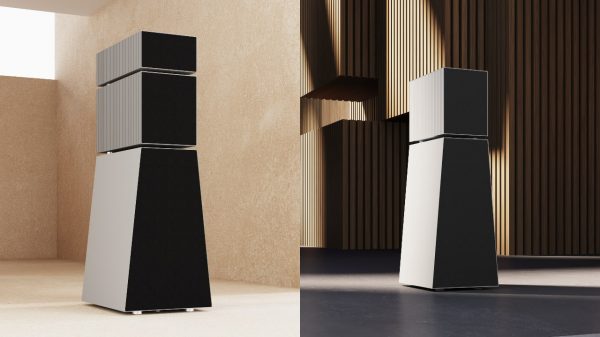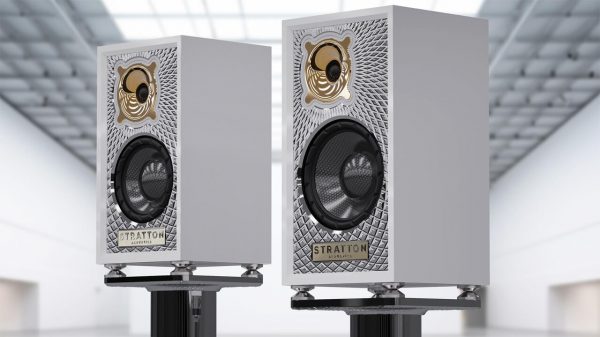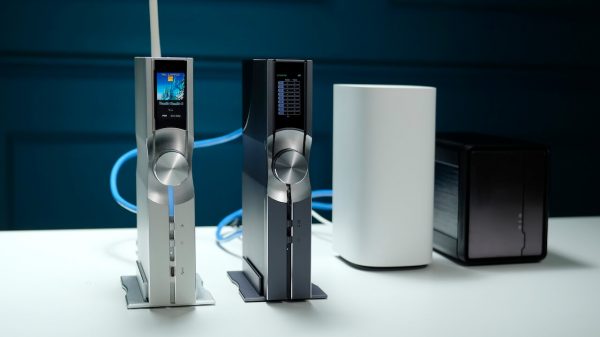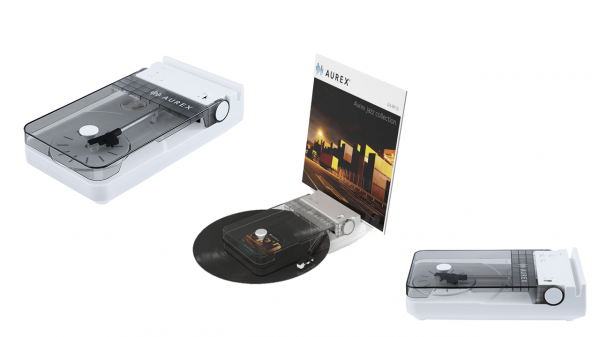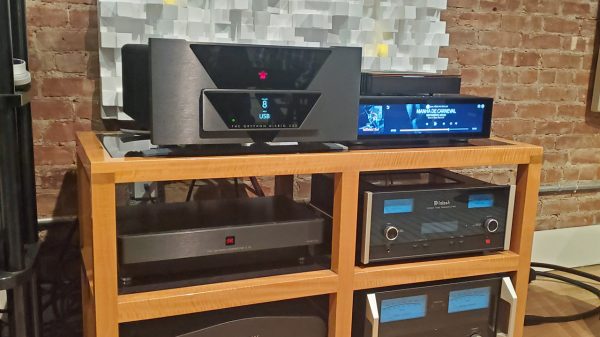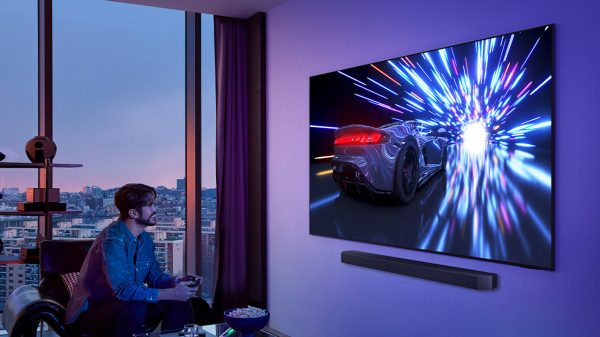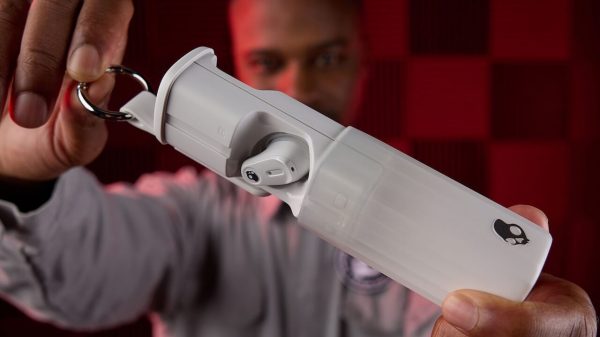After a few years (decades) in the A/V industry, I’m not as easily impressed by the latest whiz-bang audio gear as I used to be. But at last year’s CEDIA Expo in Denver I saw (and more importantly heard) a system that truly blew me away. Sure, the price tag was well over “a milllllllion dollars,” and the system included 43 speakers (with 24 powered subwoofers), powered by over 125,000 watts of amplification. But these numbers don’t tell the complete story. This system produced the most accurate, firm and extended bass I’ve heard in a show demo and gave me hope for what may be possible for mere mortals once the system evolves and trickle-down economics work their magic.
The heart of the system was Trinnov’s WaveForming technology, featured in the company’s Altitude line of audio/video processors. WaveForming features multiple subwoofers placed in very specific locations with advanced software intended to tame the wild low bass frequencies that typically wreak havoc on home theater sound. Unlike treble and midrange frequencies, which are quite focused and controllable via driver and cabinet design, software and room treatments, low bass frequencies bounce all over the place and interact with each other – and the room – at times in the worst possible ways.
Whether you use a single subwoofer or multiple subs, low bass frequency waves can both reinforce and subtract from each other, depending on where in the soundwave they overlap. If a bass frequency peak bounces off a wall and hits another peak, you get too much “boom” but if a wave trough or low spot hits a peak in the bass wave from a reflection, the bass can be sucked out or diminished. And both of these situations can occur at the same time, in different listening positions. Getting bass performance dialed in for multiple listening positions is an arduous task for even the most experienced custom installer or DIY guy (or gal).
Trinnov’s WaveForming technology works by considering room layout (the precise dimensions and shape of the room), subwoofer placement and subwoofer performance. Then it uses custom software to turn the “problematic” physics of low bass frequencies to its advantage. To put it simply, a Waveforming system uses an array of subwoofers along the front wall to “transmit” the bass frequencies into the room, and a complementary array of subwoofers along the rear wall to “absorb” these frequencies. This system prevents the constant reflection and scattering of bass frequencies that typically occurs in a standard home theater speaker layout.

Of course, it’s not as simple as that, but this gives you a general idea of how the WaveForming system works. And while the main demo at CEDIA did use 24 subwoofers (twelve along the front wall, twelve along the rear), the company also demonstrated a more reasonable 5-subwoofer system with three subwoofers along the front wall and two in the rear. Even so, the company made it clear that the WafeForming system was very labor intensive as most custom designs are. The demo room had been pre-built in Italy weeks before the show. There the company had the time and the quiet environment required to take the multiple measurements required at all different listening positions in order to tweak the performance to the max.
Today things are getting a little less custom with the release of a new standardized design tool. The complimentary web-based WaveForming design tool will provide custom installers and home theater enthusiasts with a specific recommended room layout intended to optimize performance using WaveForming technology. Previously, implementing a home theater room with WaveForming technology could be intimidating, requiring precise measurements and calibration to function optimally. The new WaveForming design tool aims to simplify this complexity, giving custom installers, dealers, home theater DIYers and industry professionals the ability to explore what it would be like to implement WaveForming within their own project space or home theater. The tool allows users to identify the optimal number and arrangement of subwoofers for their specific space.
The WaveForming design tool is available here on the Trinnov web site:
https://www.trinnov.com/waveforming/#/room

“WaveForming is a massive change in the way home theaters are designed. We are excited to facilitate the adoption of this exciting technology by publishing this complimentary web tool, so that more people can confidently specify WaveForming for their projects,” said Arnaud Laborie, co-founder and CEO of Trinnov Audio.”
The Waveforming design tool is available now through the Trinnov Audio website and is one of several free resources Trinnov has rolled out to support the adoption of this new technology, including its WaveForming Subwoofer Placement Guidelines, the Early Access Program, and a comprehensive on-demand webinar which gets into the nitty gritty of implementing a successful WaveForming-based system.
Check out more about Trinnov’s products and technologies at www.trinnov.com
Related Reading:
The Sickest Home Theater Demo at CEDIA Expo Featured 24 Subwoofers and 125,000 Watts of Power
Best of CEDIA Expo 2023: Audio, Video and Home Theater that Wowed Us


